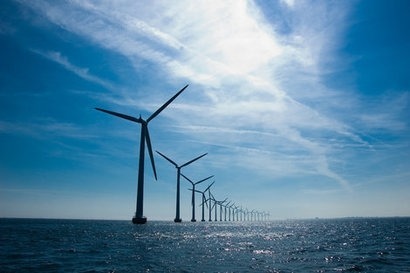
Onshore wind contributed 9.766 MW and offshore wind 3,034 MW. The volume of new installations increased by 6.3 percent on the 2014 figure meaning that total wind capacity in Europe now amounts to 142 GW covering 11.4 percent of European electricity needs.
“These numbers show that wind is the driving force behind the EU's energy transition” said Giles Dickson, Chief Executive Officer of the European Wind Energy Association (EWEA). “Wind energy is a mature industry. It makes economic sense and is contributing significantly to Europe's energy security and competitiveness goals.”
Mr Dickson added that the sector has seen strong expansion in Germany during 2015 and a strong year for offshore wind, but that growth is geographically uneven. Wind is not doing well in countries where the policy and regulation is unclear and/or ineffective, which means that investors and developers go elsewhere.
Overall, renewables accounted for 77 percent of new power plant installations in 2015, 22.3 GW out of a total 29 GW. Investment in new onshore and offshore wind farms reached 26.4 billion euros, a 40 percent increase on 2014, with both onshore and offshore attracting record levels of capital. Almost half the new wind installations in 2015 were in Germany. Poland was the second largest installer with 1.3GW new capacity followed by France with 1GW.
Policy is key, especially in the long term. As of now only 6 out of the 28 EU states have clear targets and policies in place for renewables post-2020. Emerging economies are more ambitious, thereby questioning the EU's goal to be the leader with regard to renewables.
The Commission's proposal for a new Renewable Energy Directive, due in December, is a key opportunity to drive greater ambition from member states in the absence of binding national targets.
For additional information:

